In early December 2023, a restored traditional wedding of the Muong ethnic group took place at the communal cultural stilt house of Dong Trung village and the traditional stilt house of a household in the area of Dap Troi lake with nearly 100 participants, including representatives of the district's Department of Culture and Information; leaders and people of Quang Lac commune; members of the Muong ethnic cultural club in the commune.
Mr. Bui Thanh Manh, Head of the Dong Bai Village Culture, Arts and Sports Club - representative of the Organizing Committee of the Quang Lac Commune's reconstructed wedding ceremony, said: The Muong people's wedding in the past consisted of the following steps: Step 1 is to propose, to ask questions (open mouth), to make a sound (loosen). Step 2 is to propose/raise the issue (khao tieng), the two sides discuss the engagement date. Step 3 is to ask for the name/engagement (ti nom), representatives of the two families discuss with each other, the bride's family representative offers a dowry including a 50-kilo pig, 30-kilo rice, 30-kilo sticky rice, 10 square cakes, 10 round cakes, 6 betel leaves (each leaf consists of 6 leaves) rolled in fresh banana leaves, 1 bunch of areca nuts (betel and areca nuts arranged in a basket); the groom's family representative argues to ask for a reduction in the dowry and agrees on the dowry gifts with the bride's family. Step 4 is the dowry ceremony, the groom's family prepares gifts to bring to the bride's family (pig in a basket, chicken in a cage, wine in a jar, sticky rice, rice in a basket, cakes on a tray, betel and areca nuts in a basket). Step 5 is the wedding ceremony (ti concubine), gifts the groom's family brings to the bride's family include 1 bottle of wine, 1 box of betel (groom's sister brings gifts to ask for the bride). Step 6: Come back.
The most exciting activities at the wedding ceremony are gongs, love songs, the person leading the bridal procession is the gong-bearer, the group walks and talks, sings love songs to each other, the bride has to carry a deer horn knife (a deer horn knife tucked into the waistband of her skirt); the ceremony of spreading a flower mat for the young couple; when the bridal procession arrives at the gate, the mother-in-law runs to the middle of the house, runs around the main pillar 3 times then goes into the room, or goes out to hide from the daughter-in-law; the bride and the bridal procession scoop water to wash their feet before going up the stairs, the bride is brought into the wedding room by her old mother and bridesmaids; the ancestral worship ceremony is performed by a family representative, the bride is called out from the bridal chamber, the bride and groom stand in front of the ancestral altar, light incense, and bow 3 times; the ceremony of accepting the bride's relatives...

To prepare for the wedding, the groom's and bride's families fully prepare: altar, traditional kitchen and kitchen loft, flower mats on the floor, wedding room, wedding gate made of coconut leaves and bamboo; offerings such as pigs, chickens, rice, wine, betel boxes, croissants, banh chung...
Each wedding ceremony has the participation and joy of relatives, villagers as well as local authorities, creating strong community ties.
The performing art in Muong weddings is quite unique because throughout the wedding ceremony there are love songs when picking up the bride, taking the bride away (singing outdoors); wedding congratulations songs (singing to greet guests, singing to wish grandparents, parents, singing to wish the young couple, singing to offer betel, singing to offer wine, singing to invite rice, singing to see guests off) and love songs between "a man and a woman far away" when the groom's family holds the wedding ceremony. The singing echoes through the mountains and forests, creating a joyful and exciting atmosphere, showing that this is truly a happy day, a day of happiness for the couple, with both families having a new bride and son-in-law.
Attending the traditional wedding of her ethnic group for the first time, Nguyen Thi Thu Thuy, 13 years old, An Ngai village, Quang Lac commune excitedly said: I found the wedding interesting because the bride, groom, and wedding guests all wore traditional Muong ethnic costumes, especially the bride with a white scarf on her head, a pan (short shirt) that reached her waist, a yếm shirt, skirt, jewelry, and the groom wore a brown shirt; all communication at the wedding was in the Muong language.

Nowadays, implementing a new cultural lifestyle, the traditional wedding ceremony of the Muong ethnic group has been shortened to include the proposal, engagement, and wedding, and followed a civilized lifestyle such as not demanding too much money, wedding gifts, and not smoking at the wedding...

Along with the development of modern society, the restoration of Muong weddings is a practical solution to promote this unique traditional cultural beauty.
Comrade Bui Nhu Gac, Vice Chairman of the People's Committee of Quang Lac Commune, said: Quang Lac Commune has 7,300 people living in 8 villages, of which 73% are Muong ethnic people. Implementing Project 6 - National Target Program on Socio -Economic Development of Ethnic Minority and Mountainous Areas in 2023 in Nho Quan District, the District Department of Culture and Information coordinated with Quang Lac Commune to organize the reconstruction of Muong weddings. The traditional wedding of the Muong is one of the practical activities contributing to the preservation of traditional Muong culture.
Along with that, the commune is interested in promoting the activities of 5 cultural, artistic and sports clubs in the villages and strives for 8/8 villages to establish cultural, artistic and sports clubs to mobilize the participation of artisans in the Club to contribute to organizing, compiling, collecting documents, and teaching members of the Club about preserving and promoting the cultural identity of the Muong ethnic group in traditional customs, cuisine , costumes, ethnic sports, etc.
Article and photos: Phuong Anh
Source




![[Photo] Keep your warehouse safe in all situations](https://vphoto.vietnam.vn/thumb/1200x675/vietnam/resource/IMAGE/2025/10/1/3eb4eceafe68497989865e7faa4e4d0e)


![[Photo] President of the Cuban National Assembly visits President Ho Chi Minh's Mausoleum](https://vphoto.vietnam.vn/thumb/1200x675/vietnam/resource/IMAGE/2025/10/1/39f1142310fc4dae9e3de4fcc9ac2ed0)
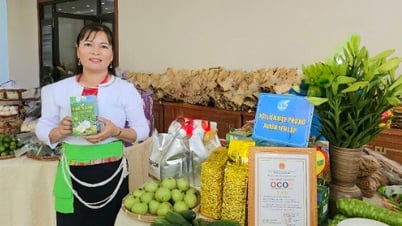

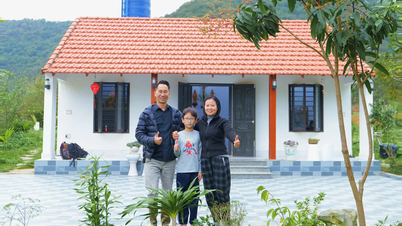



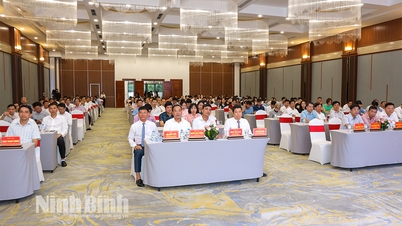
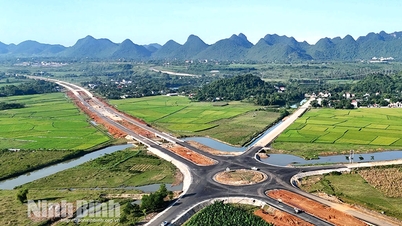
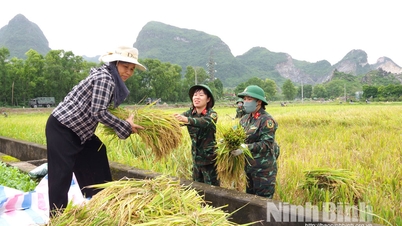

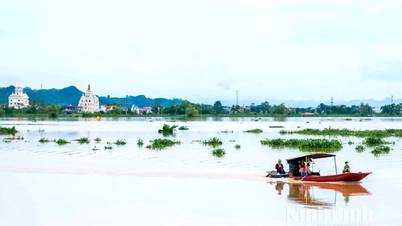

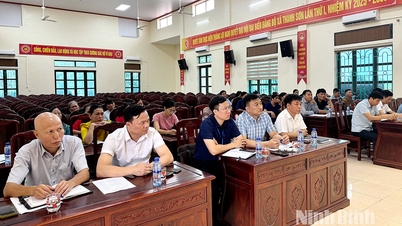

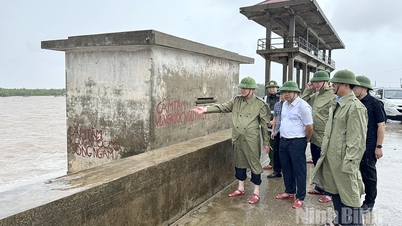







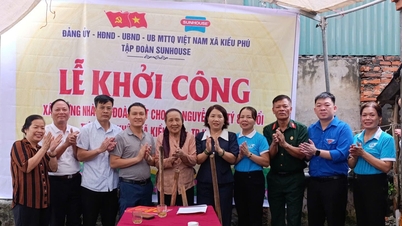
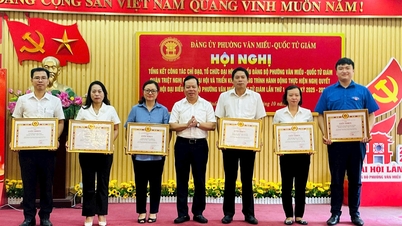
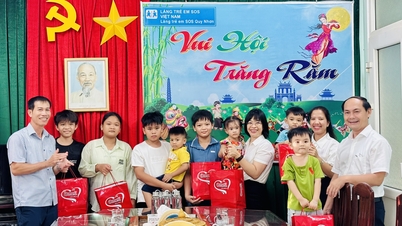
![[Photo] Hanoi morning of October 1: Prolonged flooding, people wade to work](https://vphoto.vietnam.vn/thumb/1200x675/vietnam/resource/IMAGE/2025/10/1/189be28938e3493fa26b2938efa2059e)























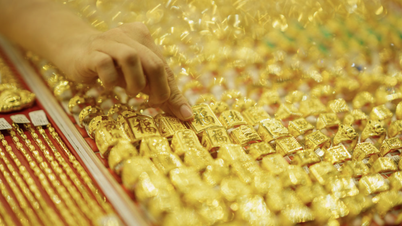
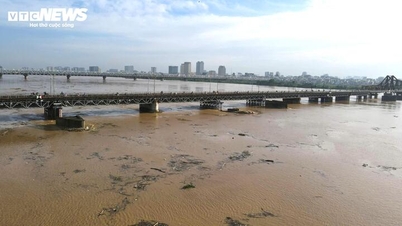



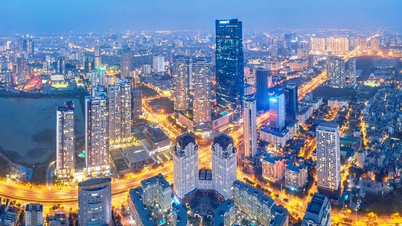













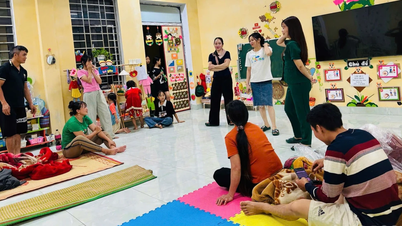
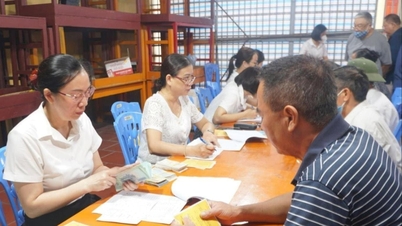

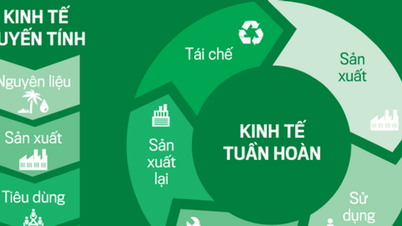

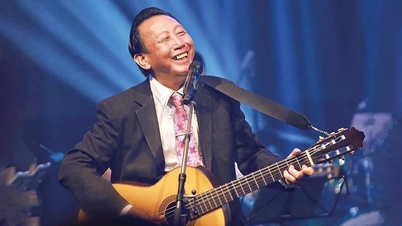
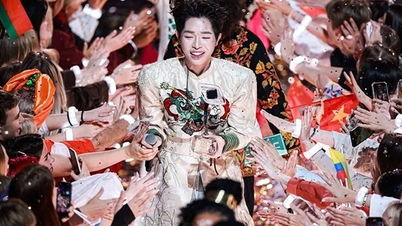















Comment (0)